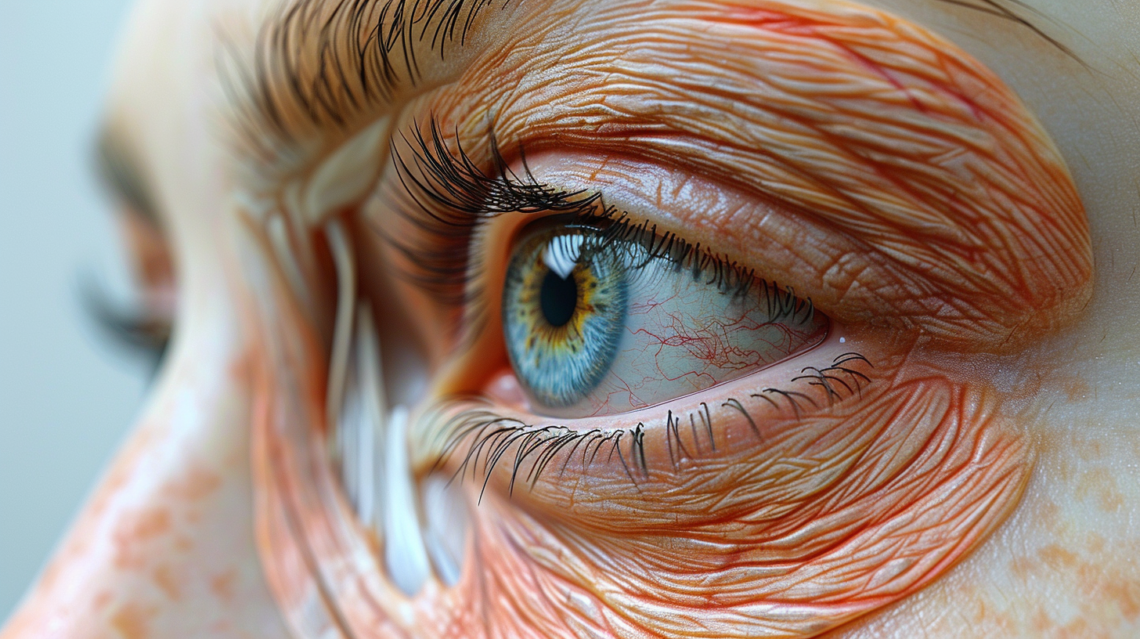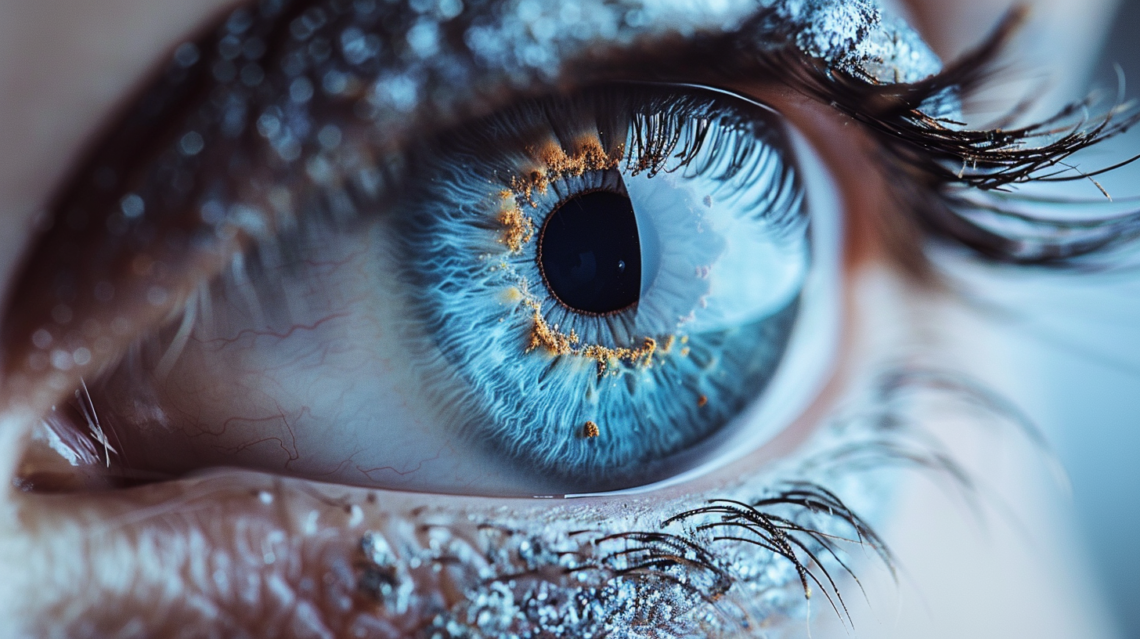Eyesight
-
Early Signs and Risks of Glaucoma
Glaucoma, often described as the “silent thief of sight,” is n eye condition that can cause irreversible damage to the optic nerve, the vital link between the eye and the brain, ultimately leading to vision loss, and, potentially, even blindness. The condition is particularly insidious because it tends to progress slowly and without noticeable symptoms in its early stages, making it crucial to be aware of the early warning signs and understand who is most at risk. One of the primary challenges in detecting glaucoma early is its largely asymptomatic nature in the initial phase. However, certain subtle signs might hint at the onset of this condition. These include a…
-
Rare Disease Spotlight: Chronic Progressive External Ophthalmoplegia
Chronic Progressive External Ophthalmoplegia (CPEO) is a debilitating condition primarily characterized by the gradual loss of eye muscle function and eyelid movement, affecting either one or both eyes. This condition, which typically commences between the tender ages of 18 and 40, manifests through a series of symptoms that severely impair the quality of life of those affected. Among the most prominent symptoms are weakness or paralysis of the eye muscles, known medically as ophthalmoplegia, and droopy eyelids, referred to as ptosis. These symptoms not only hinder the physical aspects of eye movement but also contribute to a range of emotional and psychological stresses, as the affected individuals grapple with the…
-
Age-Related Macular Degeneration
Age-related macular degeneration (AMD) stands as a formidable challenge in the realm of ocular health, particularly affecting those beyond the age of 60. This condition has emerged as the principal culprit behind poor vision in this demographic, accounting for an astonishing 90% of new cases of legal blindness within Canada. Understanding AMD necessitates a closer examination of the macula, a diminutive yet crucial area nestled at the centre of the retina. This part of the eye is paramount for our ability to discern fine details with clarity, facilitating everyday activities such as reading, driving, and recognizing faces. AMD is characterized by the degradation or malfunction of the “seeing cells” within…
-
Allergic Conjunctivitis
Allergic conjunctivitis is a common condition that affects millions of individuals worldwide. It manifests as inflammation of the conjunctiva, the thin, transparent layer that covers the inner surface of the eyelid and the white part of the eyeball. In most cases, allergic conjunctivitis is a response to environmental allergens and is especially prevalent during the summer months. This article will dive into the causes, symptoms, and management of this condition. Causes of Allergic Conjunctivitis Allergic conjunctivitis occurs when the body’s immune system overreacts to substances in the environment known as allergens. Common allergens that can trigger this reaction include pollen, dust mites, mold spores, pet dander, perfumes, and certain medications.…
-
Cataracts
The human eye, a highly intricate and delicate organ, plays a crucial role in our everyday experiences. It enables us to connect with our surroundings and perceive the world in the most vivid and colourful way possible. However, like any other part of the human body, it is susceptible to various ailments. One of these is cataracts, a prevalent eye condition that affects millions worldwide. A cataract is an ocular condition that clouds the lens of the eye, which can lead to a decrease in vision. This happens because the proteins in the eye’s lens start to clump together, distorting the light that hits the retina and leads to impaired…
-
Windows to Wellness: What Our Eyes Reveal About Our Health
The eyes, often referred to as the windows to the soul, have a lot more to reveal than just our emotions. They can also provide valuable insights into our overall health. As the only part of our body where blood vessels, nerves, and other structures are visible without invasive procedures, the eyes are a unique and vital diagnostic tool for medical professionals. In this article, we will explore various eye-related symptoms and conditions that can help detect underlying health issues. Diabetes Diabetes is a chronic condition that affects the way our body processes blood sugar. High blood sugar levels can damage blood vessels in the retina, the light-sensitive tissue at…
-
What You Need to Know About Glaucoma
Glaucoma is a progressive and chronic eye disease that damages the optic nerve, leading to vision loss and ultimately, blindness if left untreated. In most cases, the disease develops slowly and painlessly, making it difficult to detect until it has progressed significantly. While there is no known cure for glaucoma, early detection and treatment can help slow the progression of the disease and prevent or minimize vision loss. Glaucoma is caused by increased pressure in the eye, which can damage the optic nerve over time. The pressure buildup is often the result of a buildup of aqueous humor, the clear fluid that flows in and out of the eye. When…


